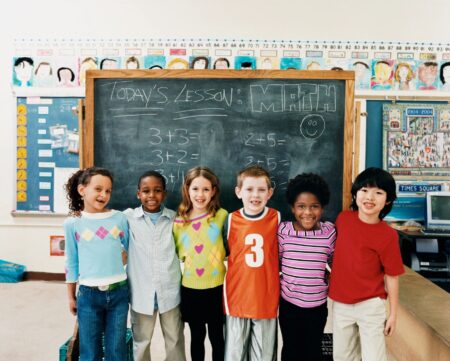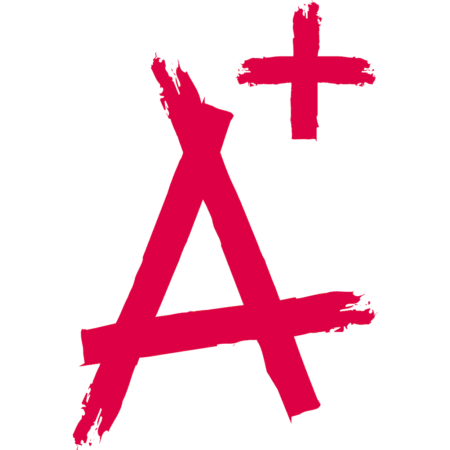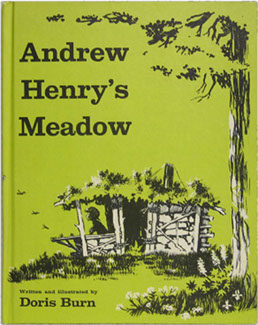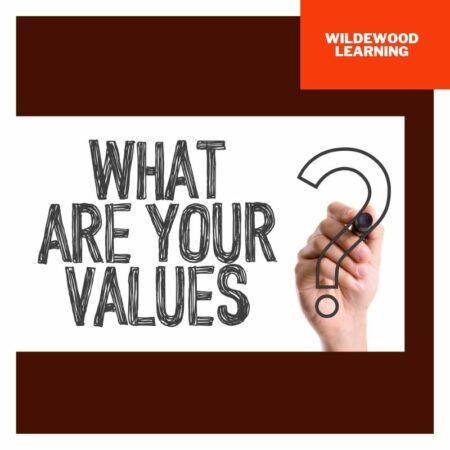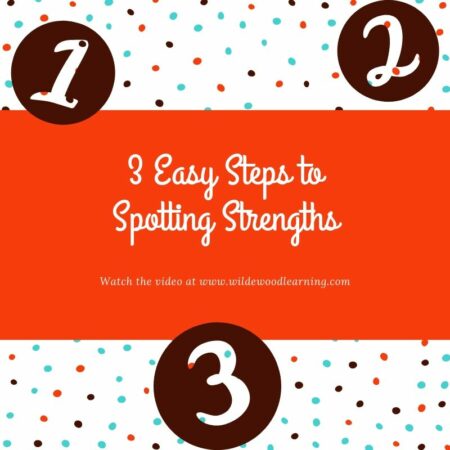5 Ways to Help Students Discover Their Strengths
What if people were asked to work only on what they were good at doing?
What if schools asked children to do activities that they were able to successfully focus on because these activities brought them joy?
What if we asked students what they want to improve in their learning?
Learning about children’s strengths can better equip parents, educators, and youth in finding out what activities might bring the students the most success. Strengths are a combination of talent (the natural way of thinking, feeling and believing), skills and knowledge. Strengths have been researched by the Gallup Organization and placed into 10 talent themes for youth. Teachers can help a student to:
- discover their talents and then
- build-up and reinforce what is right with that student.
Here are five ways teachers can help students discover their strengths
Self-directed projects
Self-directed projects help students determine what they are interested in and what they may have a passion for. Many classrooms are instituting what is called a “Genius Hour.” A genius hour is simple and has 3 criteria: a driving question, research and a way to share the learning with others. In the adult world, both Google and 3M have implemented a similar idea – a “20% of time” rule – for employees to work on their own projects. This rule has led employees to develop some major innovations, for example, “Post It Notes” from 3M.
Play
Unstructured play is important for children and adults. Play is a way students can increase both their social skills and learn more about their strengths. Students will show preferences for what they want to play with and how they want to play with others. Some may enjoy a solitary game or play with a small group, while others like large group play. Watching children and how they play can tell you a lot about their strengths. Global School Play Day was February 5th, however, you can do this in your classroom any day!
http://www.globalschoolplayday.com/
Reading
Stories are a great way to get students to explore their strengths. One of my favorite books to read to a class is Andrew Henry’s Meadow. The boy in the story is not recognized for his strengths by his family and finds a meadow in which to build a home to accommodate his talent for inventing. When I read this book to classes, I ask students to identify Andrew Henry’s strengths and then have them draw a house that would reflect their own passions and talents. Other stories can be used in the same way. Have students choose the type of books they love to read and have a “Drop Everything And Read” (D.E.A.R) time during the day. Adding choices to the day will enhance a student’s joy of learning.
https://www.readingrockets.org/calendar/dear
Journals
Journals allow students to, not only write, but create. Many times journals are used only for writing about topics assigned by a teacher. When students have choices over the topics this can be a great motivator and allows them to explore their learning styles. “Wreck This Journal” is created by Keri Smith. She also has a “100 Creative Ways to Journal” that you can try out and see how your students respond.
http://www.kerismith.com/popular-posts/100-ideas/
Sketchbooks
Similar to journals, sketchbooks can lend insight to a child’s way of learning and perceiving the world around them. Everyone is creative and there is no right or wrong to art, especially to a child. When my son was younger, he loved to draw. Now he doesn’t draw anymore because, along the way, some well-meaning adults “corrected” his drawings. Because of this, he now thinks that he’s not very good at art. Art cannot be done wrong. The Tinkerlab has a wonderful Sketchbook Challenge that offers daily ideas for fun, low-stress ways to create art.
http://tinkerlab.com/tinkersketch-daily-sketchbook-challenge/
How can teachers help students discover and develop strengths?
- Make and record observations
- Be curious about your students
- Ask questions, for example, “What did you discover about yourself by doing this project?”
- Refrain from making judgmental comments, for example, “I really like the way you used that color.” Instead give students acknowledgment, for example, “I notice you enjoy helping others when you are playing.” Or, “When I see that it’s your turn to clean up the art supplies, you are very organized in putting the supplies away.”
- Create non-graded activities that infuse fun with learning.
Student strengths and talents are discovered and developed by the adults around them. Helping students to discover what is strong about themselves is a great way to boost engagement and confidence. Be open to the possibility of having children explore to create awareness of their strengths and to accept who they are as a person. Never miss that chance to let your students see their brilliance!

